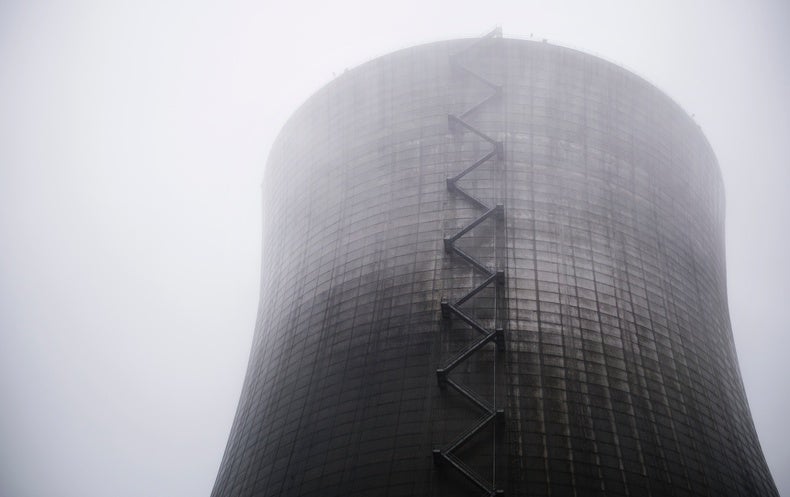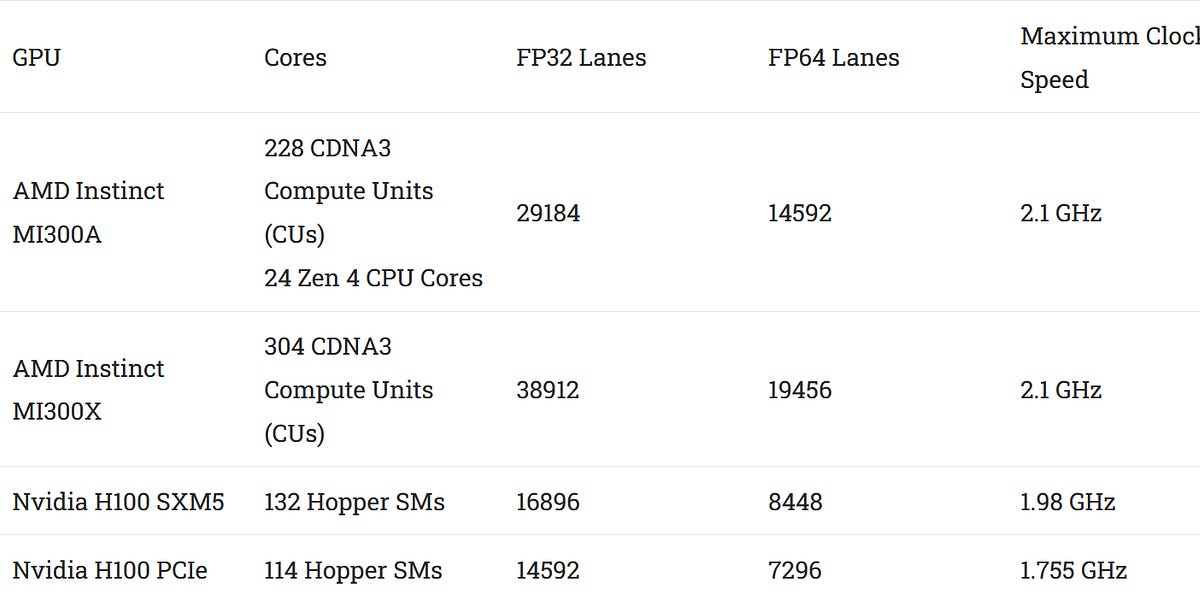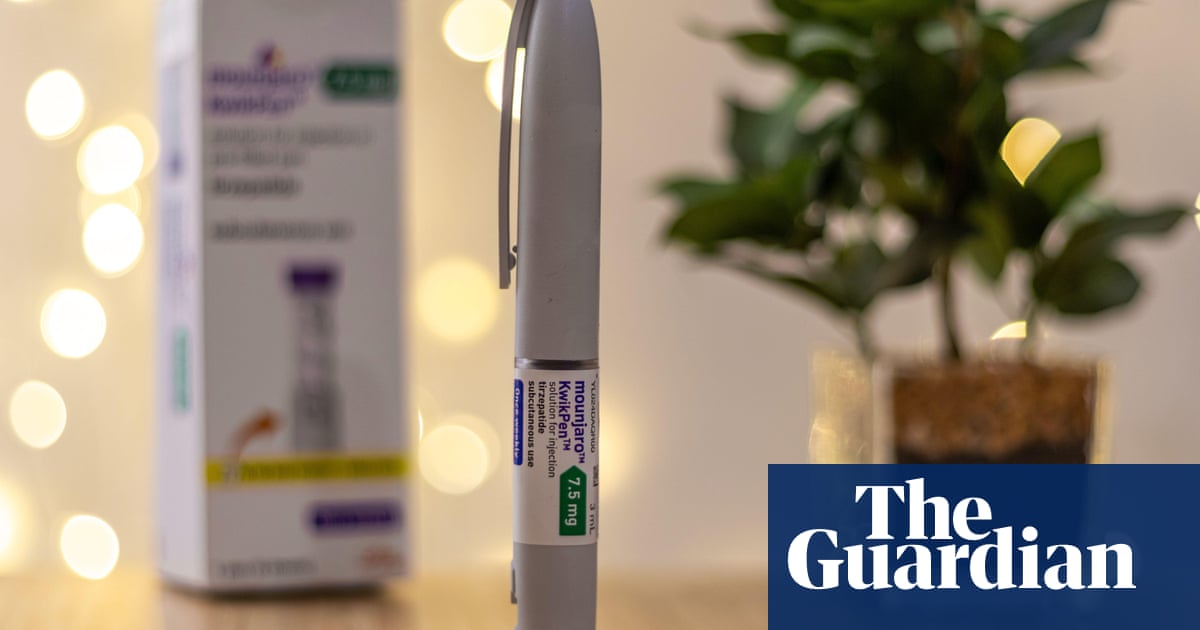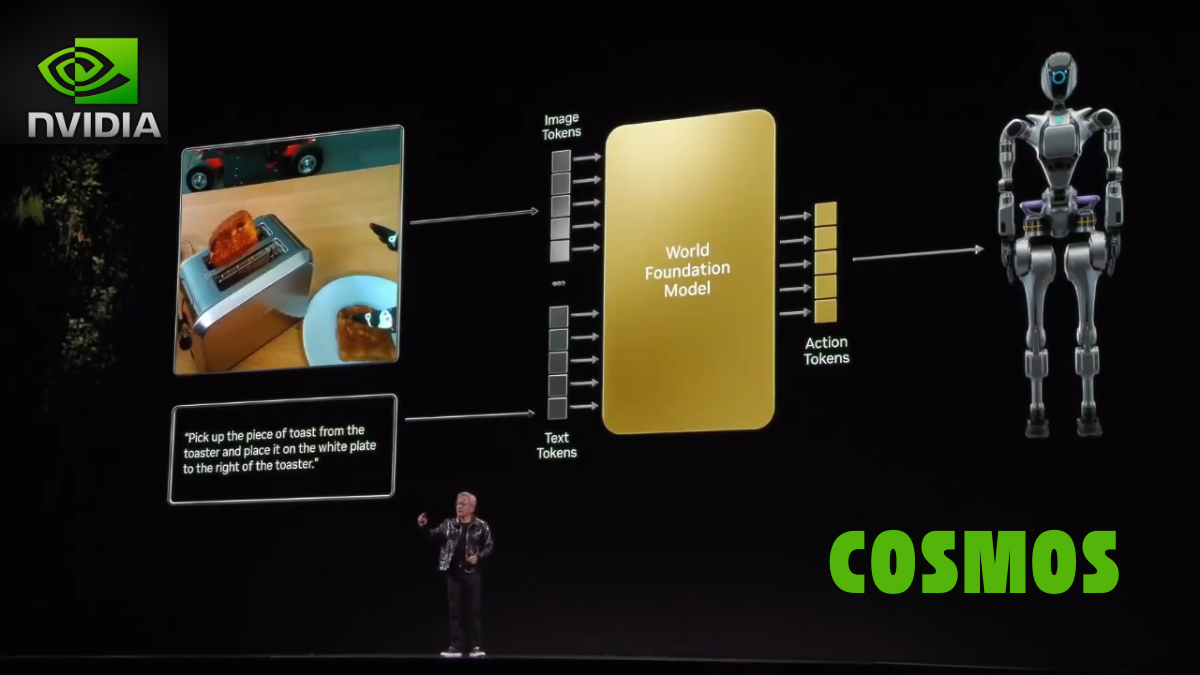
‘Advanced’ Nuclear Reactors? Don’t Hold Your Breath
With little hard evidence, their developers maintain they’ll be cheaper, safer and more secure than existing power plants
The U.S. nuclear power industry is at an impasse. Since 2003, 11 of the 104 light-water reactors in operation at the time have closed, mainly as a result of aging infrastructure and the inability to compete with natural gas, wind and solar, which are now the cheapest sources of electricity in the United States and most other countries worldwide.
In the early 2000s, the industry promoted a “renaissance” to try to stem its incipient decline, and in 2005, Congress provided nearly $20 billion in federal loan guarantees for new nuclear reactors. The result? Only two new Westinghouse AP1000 light-water reactors, still under construction in Georgia, which will cost at least $14 billion apiece—double their estimated price tags—and take more than twice as long as estimated to be completed. Another two partially built AP1000 reactors in South Carolina were abandoned in 2017 after a $9-billion investment.
Given the struggle to build these standard-sized, 1,000-megawatt light-water reactors, the industry has turned to two other gambits to secure a bigger market share: small, modular light-water reactors, which, because they lack the advantage of economies of scale, would produce even more expensive electricity than conventional reactors; and non-light-water “advanced” reactors, which are largely based on unproven concepts from more than 50 years ago.















